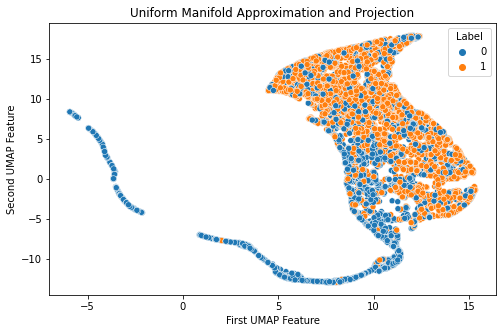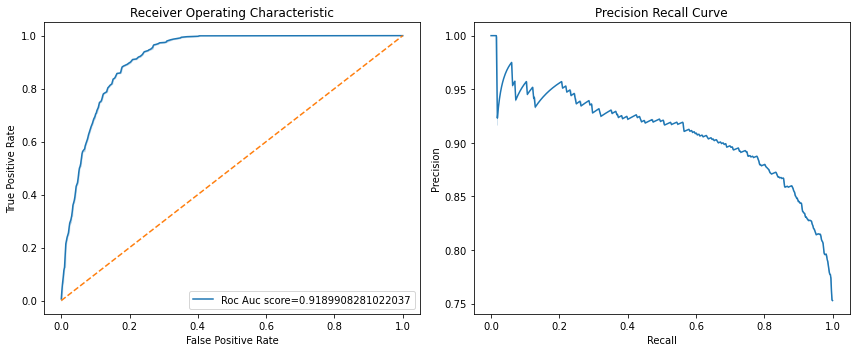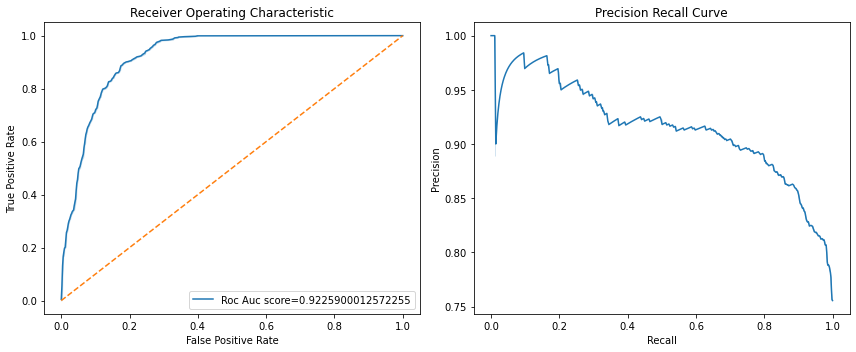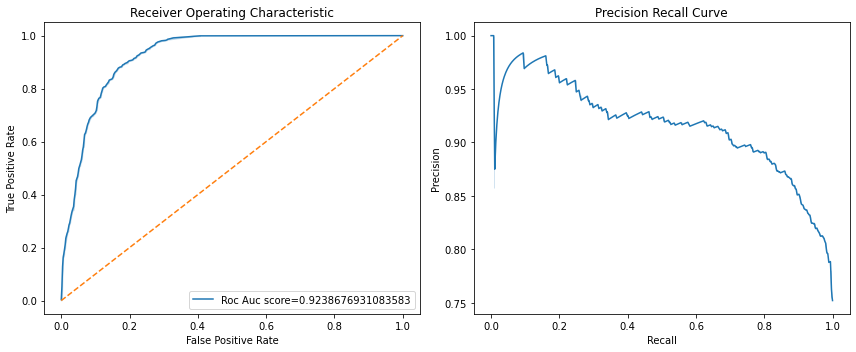Alexander
Levin-Koopman

As a lecturer in Applied Data Science at the University of Michigan School of Information, I'm passionate about solving problems through insights extracted from complex data sets. With a Master's degree in Applied Data Science (4.0 GPA) from the University of Michigan and a Bachelor's degree in Mathematics from the University of Colorado at Boulder, I've developed a strong foundation in statistical analysis, machine learning, and data visualization.
My academic background has equipped me with a unique ability to approach problems from multiple angles, think creatively, and communicate complex ideas effectively. While my experience is rooted in academia, I'm eager to apply my skills in a real-world setting and drive business outcomes through data-driven decision making.
I thrive on solving intricate problems and uncovering hidden patterns in data. My goal is to leverage my expertise to inform strategic decisions, optimize processes, and create value for organizations. If you're looking for a driven and analytical problem-solver who is passionate about data science, let's connect!
View My LinkedIn Profile
View My GitHub Profile
Hosted on GitHub Pages — Theme by orderedlist
Twitter Bot Detection
Project description: In this project we created two datasets, one was made up of only the tweets for each user concatenated together, we then used a neural net on those tweets in TF-IDF format to classify an account as a bot or a human. The output of this was then included in the data for an ensemble model which did the final prediction. This project included extensive feature engineering and extraction to create an array of features for the final model (a full list of these can be seen in the final report). Note that this was before verified status became fee based.
Figure 1: Imporuty Based Feature Importance

Figure 2: Umap Projection of The Twitter Users (human: 0 bot: 1)

Figure 3: Basic Logistic Regression

Figure 4: Ensemble Voting Classifier

Figure 5: Ensemble Stacking Classifier
